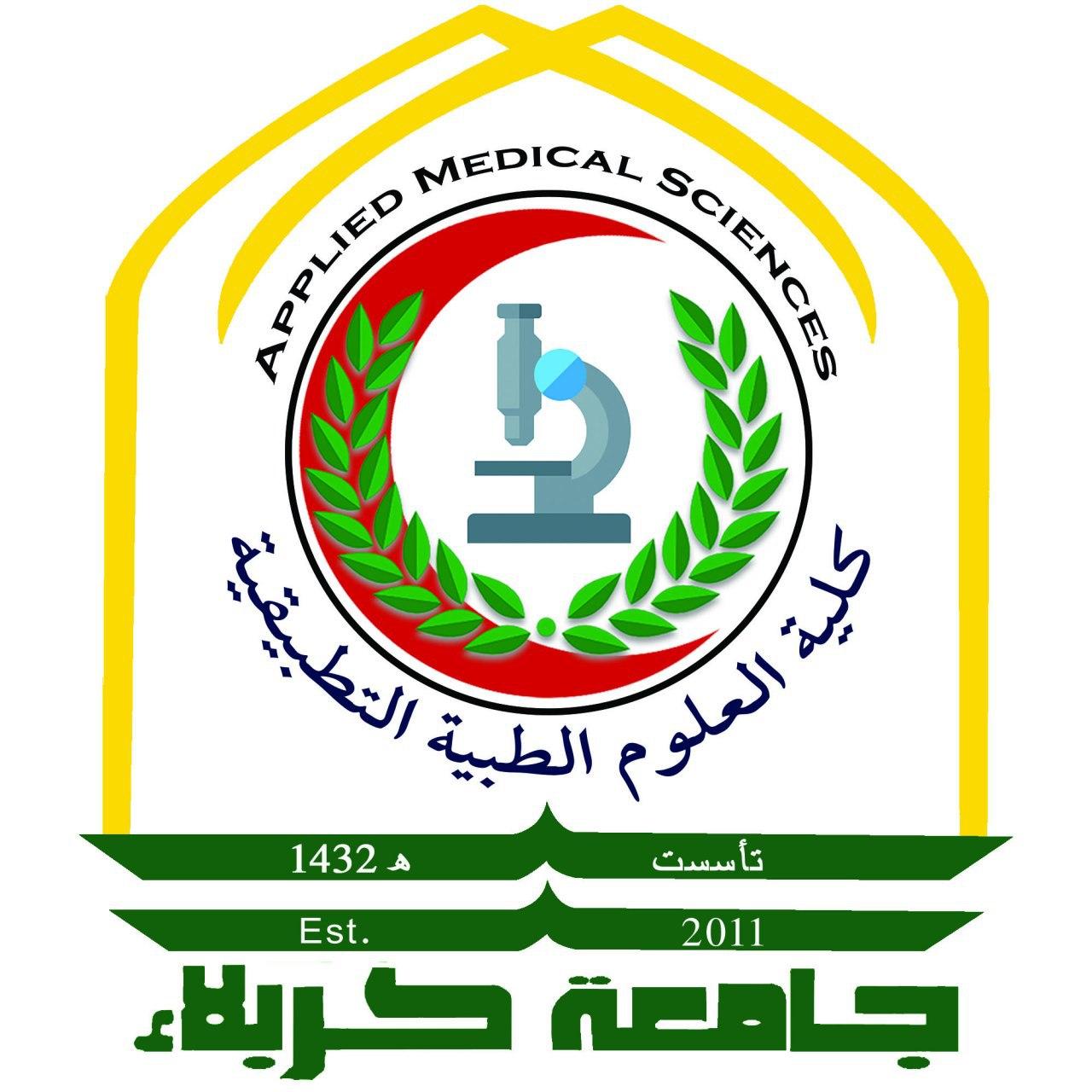Molecular detection and
discrimination of three poultry
Eimeria species in Kerbala and Babylon
provinces, Iraq
Dhamiaa Make Hamza1, Hadi Rasol Hasan Al-Massodi2,
Zuhair Muhammad Ali Jeddoa1
1Collage of Medicine, University of Kerbala, Iraq; 2Collage of Pharmacy, University of Kerbala, Iraq.
ABSTRACT
Coccidiosis is an intestinal disease of chickens in which the Causes include a various species of protozoan parasites that located
within the genus Eimeria. Diagnosis and genetic characterization of different species of Eimeria are central dogma to the preventative,
resistance, and control of coccidiosis. The aim of the present study was to identified different avian Eimeria species that
considered the causal agents of avian coccidiosis in each of the Kerbala and Babylon provinces, Iraq.
The present study observations were revealed increasing and decreasing the percentages of infection with coccidiosis during
different months of a year and that due to the large change in temperature and humidity in Iraq, so the results showed that the
highest percentage of infection in both of Kerbala and Babylon provinces were in December (23.12%) and the lowest percentage
in July (1.87%).
A total of 200 samples of feces and intestines were collected from chickens that suspected to infection with Eimeria during the
period from August 2013 to July 2014 and the results revealed that 160 samples were positive depending on the macroscopic
and microscopic examination which in turn have undergone the second stage of the examination for the purpose of qualitative
accurate diagnosis of the species of Eimeria that causing coccidia in chickens using of molecular methods for the target region
ITS1 nucleic acid DNA encoded ribosomal RNA , these techniques depend on qRT- PCR technique ,Which diagnosed three
species of Eimeria includes E. tenella which formed the largest proportion of the total positive samples (66.8%) then the species
E. necatrix which accounted for (30%) and finally the species E. maxima which form (3.13%).Therefore , Using of the molecular
methods such as REAL-TIME PCR which characterized by highly accuracy, but these methods expensive economically compared
to routine methods.
Key Words: Avian Coccidiosis, Eimeria, Oocysts, RT-PCR, Iraq




























































